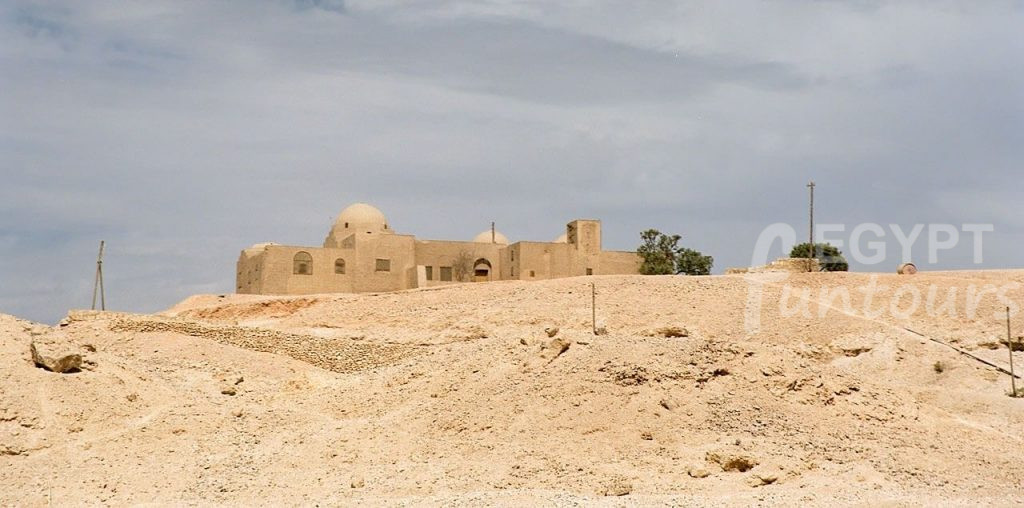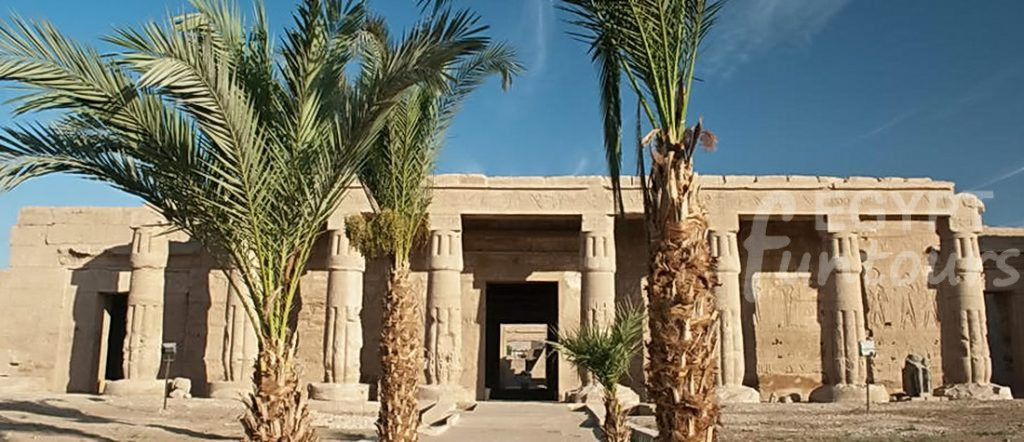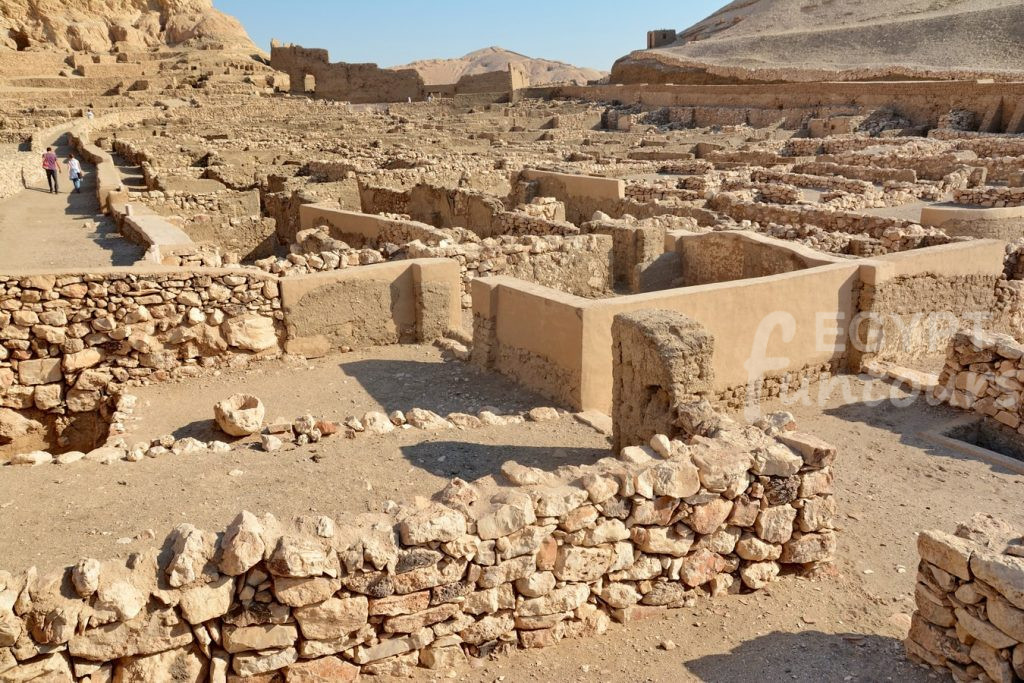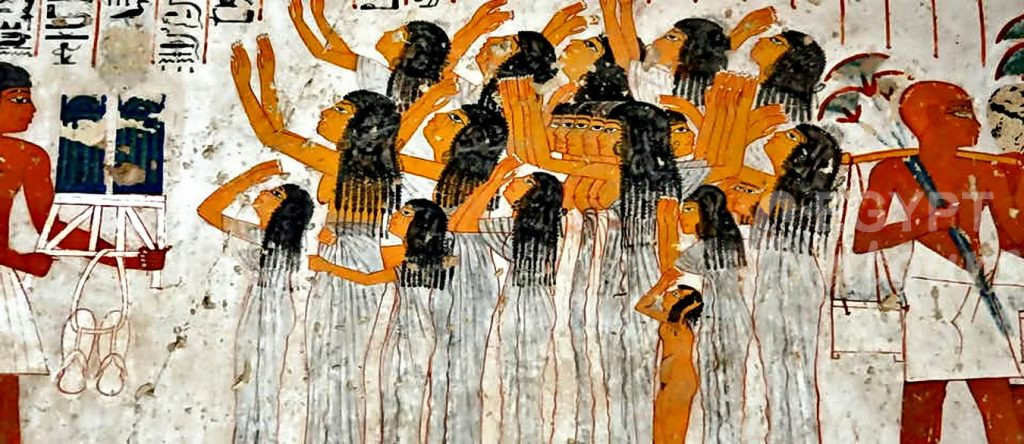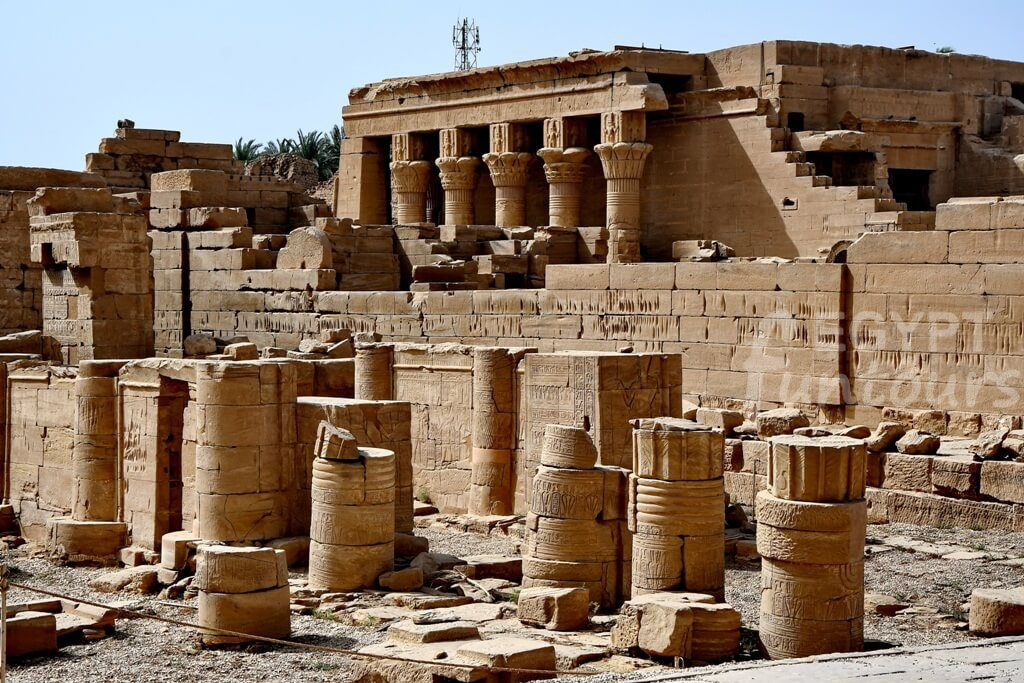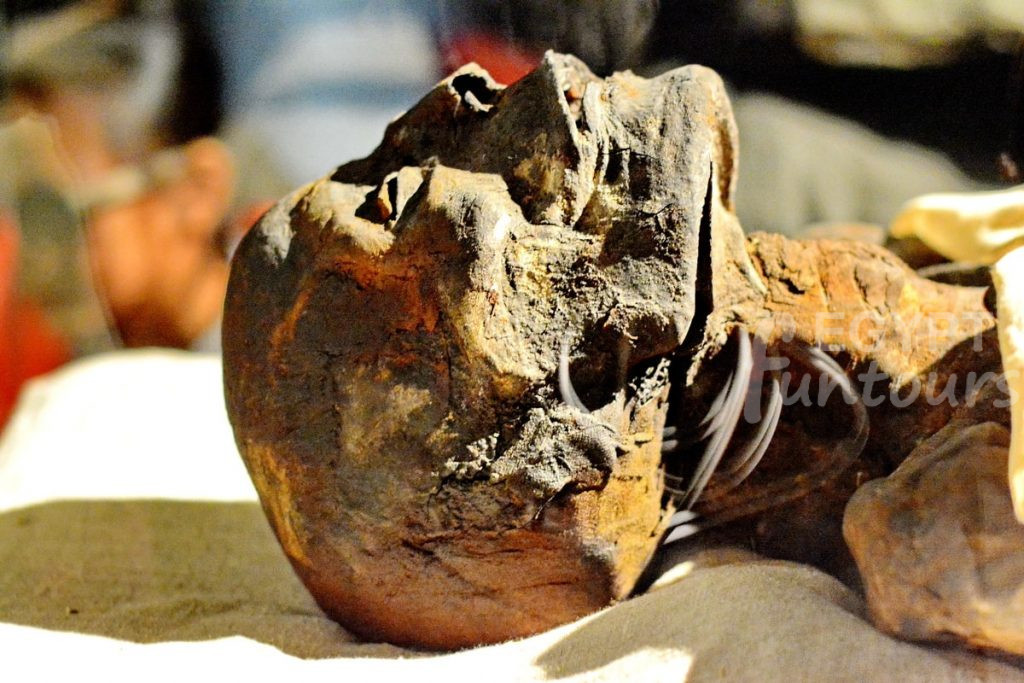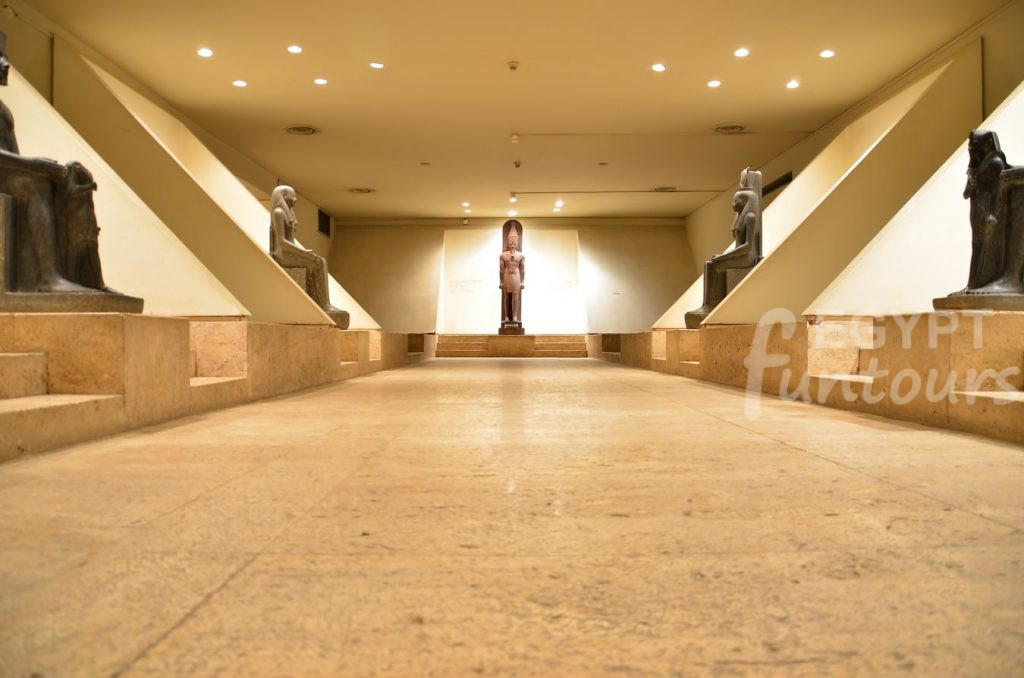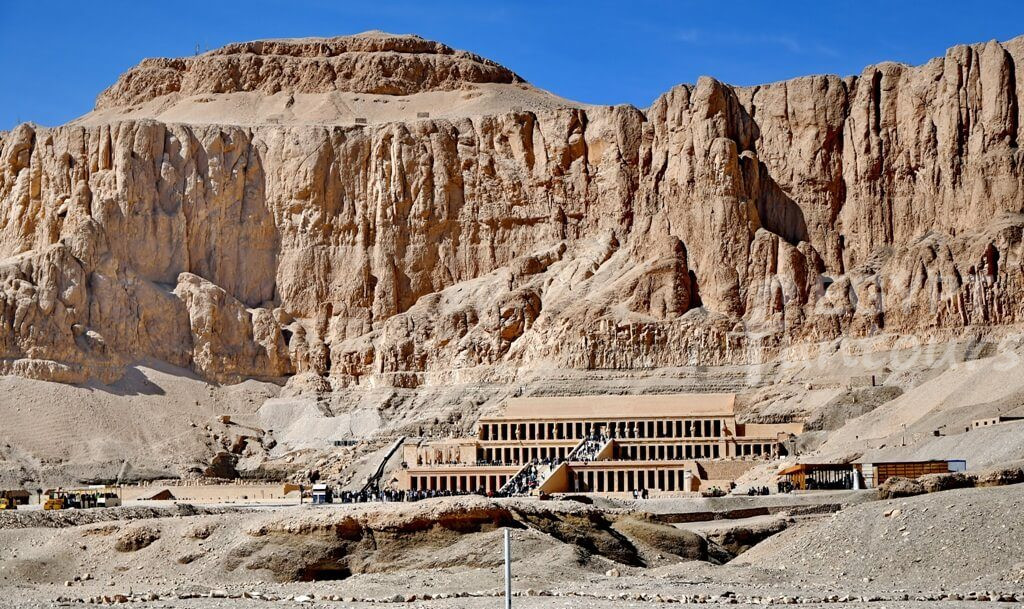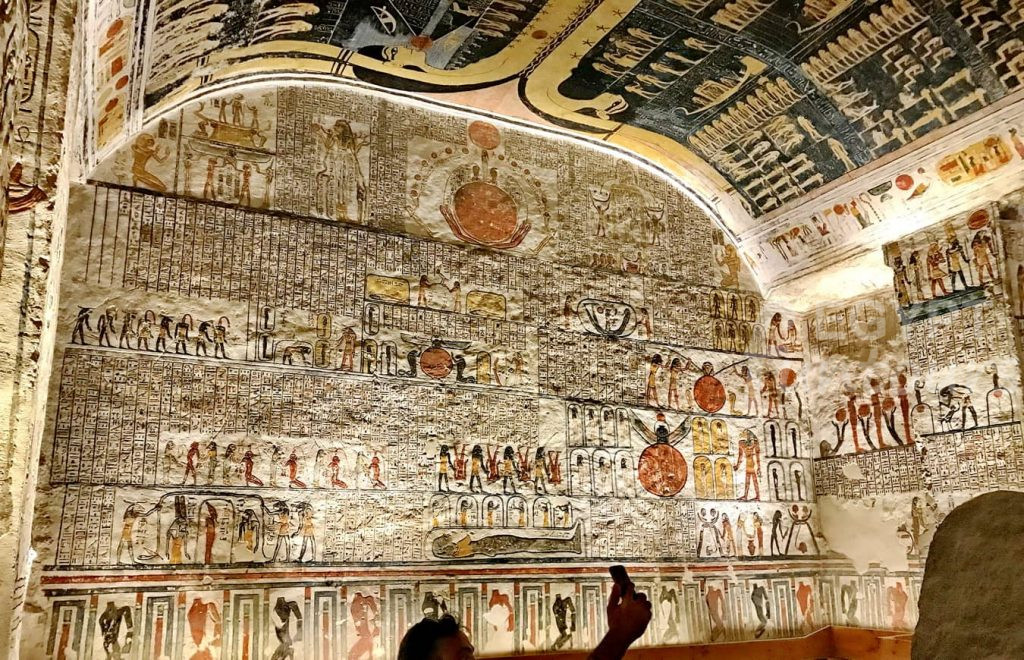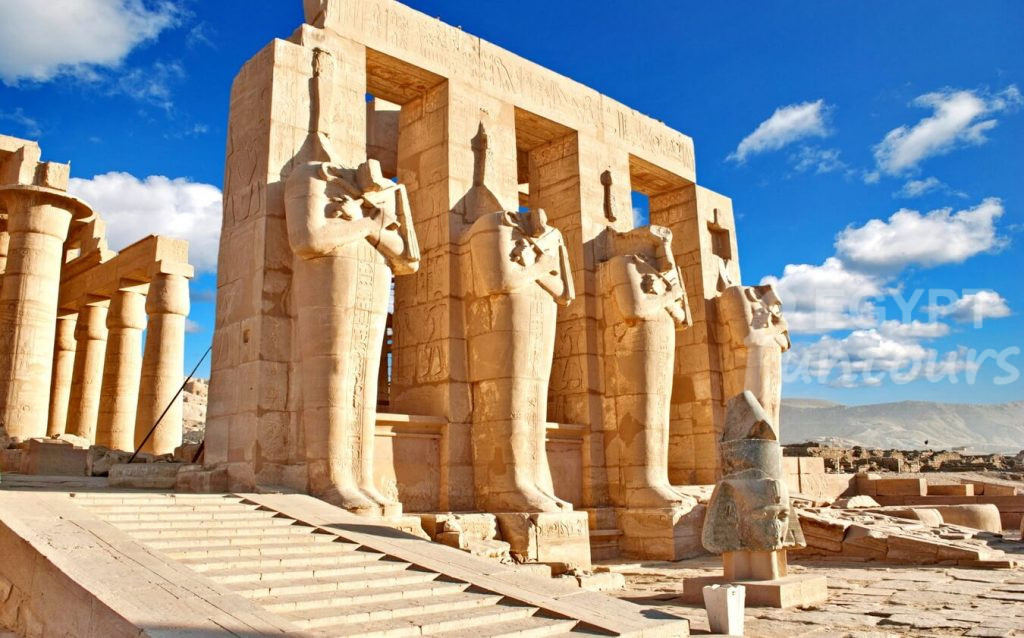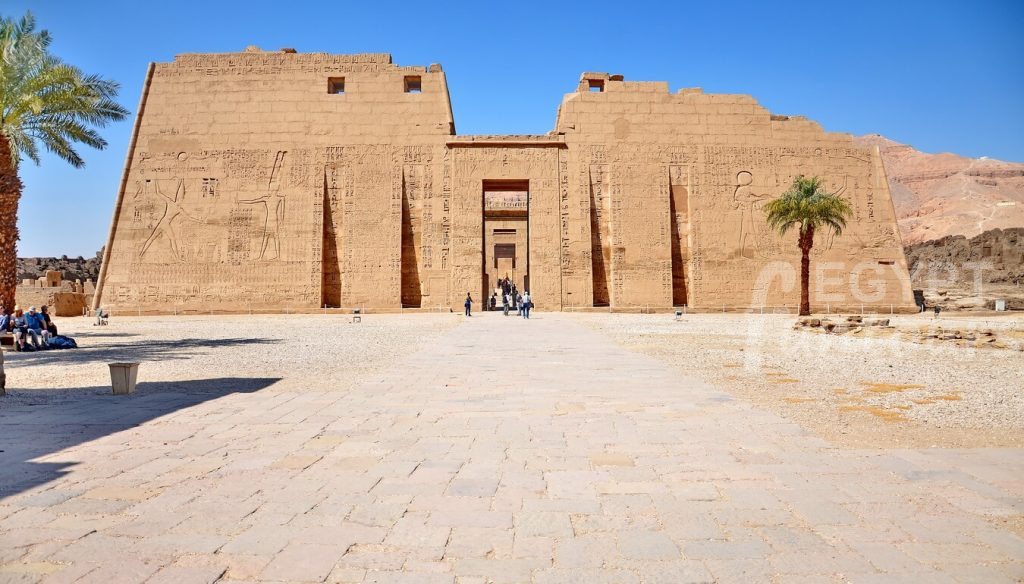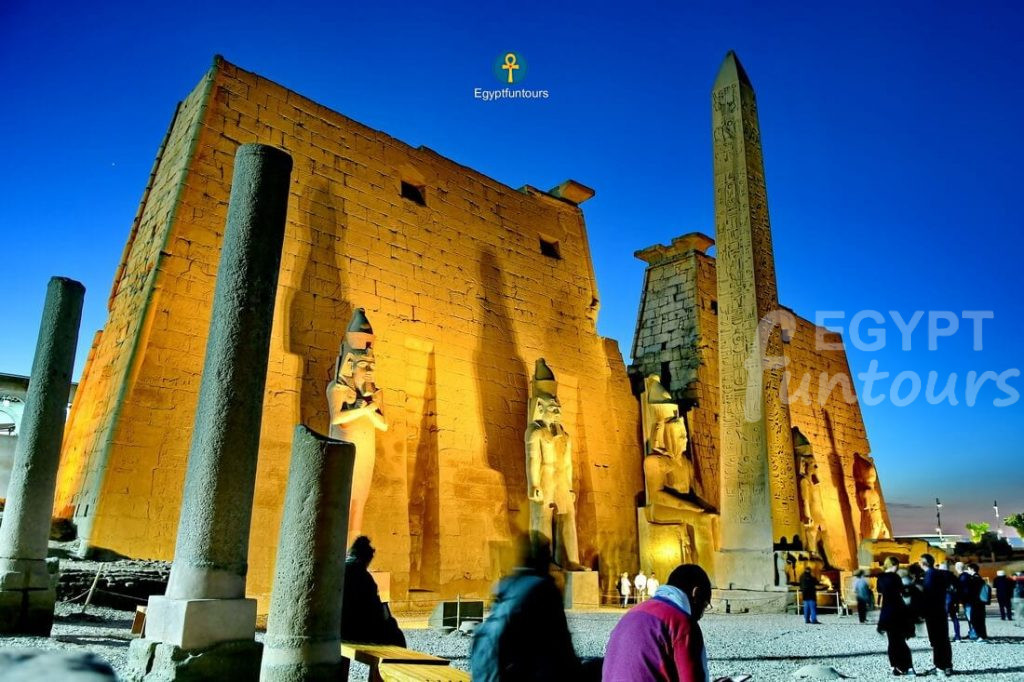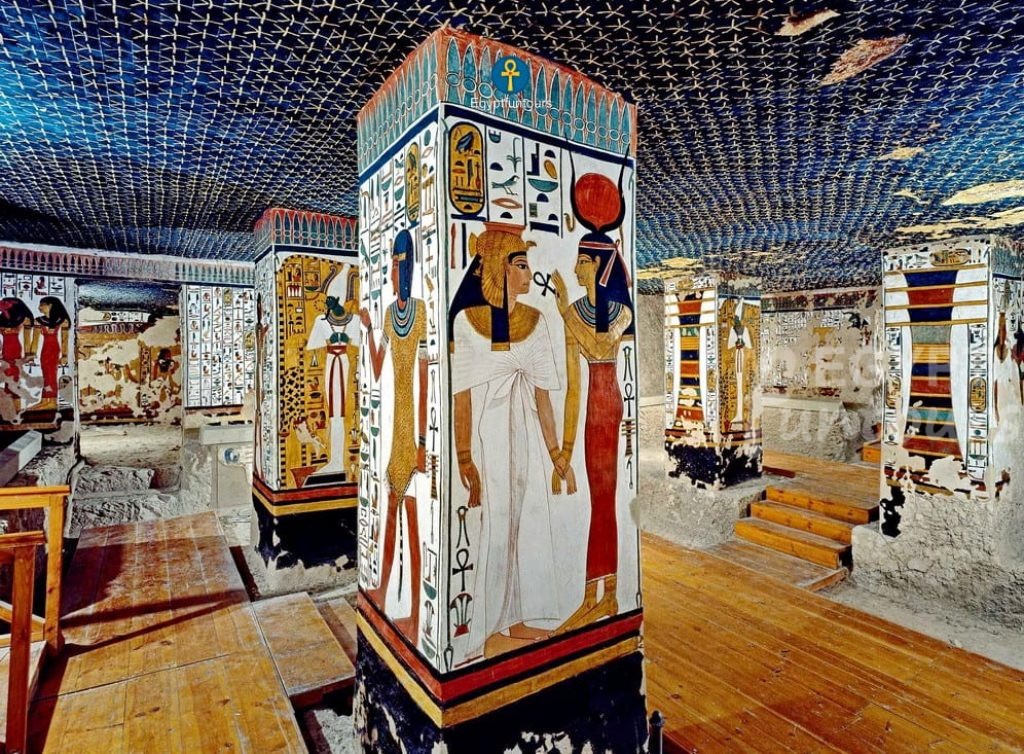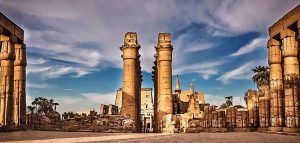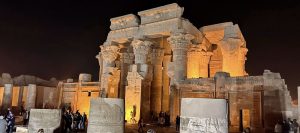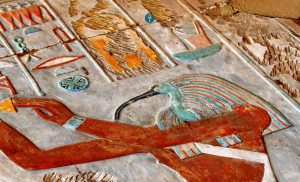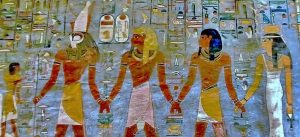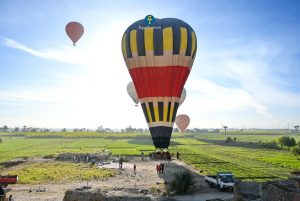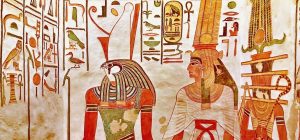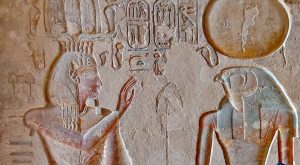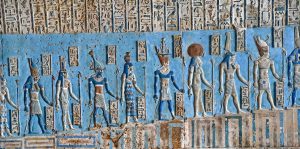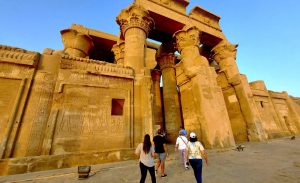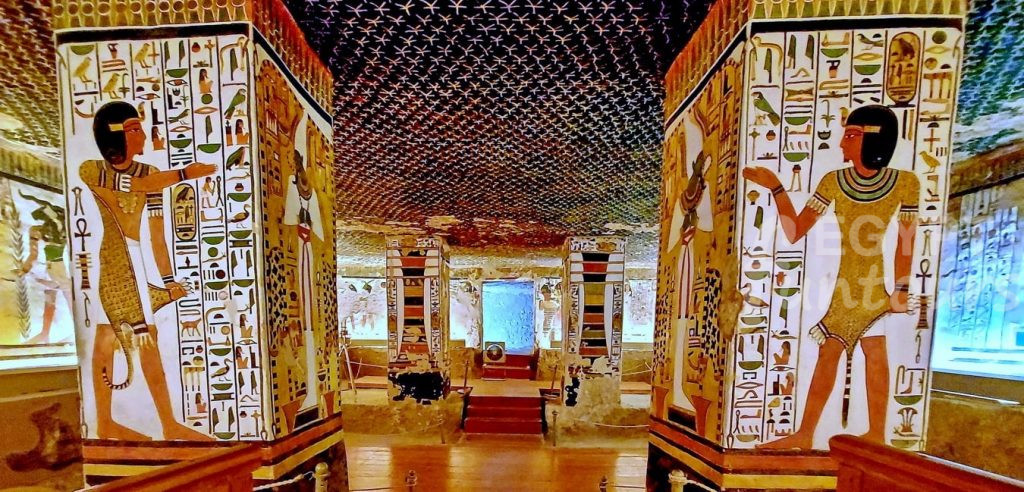
Queen Nefertari’s Tomb at the Valley of the Queens
The tomb of Queen Nefertari, which can be found in the Valley of the Queens on the west bank of Luxor, is one of Egypt’s most beautiful tombs. This tomb has a lot of “wow” aspects. The degree of detail is incredible, and the colors are more brilliant than any of Egypt’s other tombs, temples, or pyramids. Put the tomb of Queen Nefertari on your list if you want to see what tombs were like 3,000 years ago. This tomb comes at a high cost: 1400 EGP (about USD 90 as of January 2021). Is it, therefore, worthwhile? YES, we believe so. The tomb of Queen Nefertari is breathtakingly magnificent, and you will all be awestruck as you stroll inside it.The tomb remained inaccessible to the public unless a 20,000 Egyptian pound special permission was bought for a single visit.Take a look at our photo tour below to see for yourself.But first, a bit of background about Queen Nefertari and her tomb. Interesting facts about Queen Nefertari and her tomb: Ramesses II’s (also known as Ramesses the Great) first queen and most cherished wife was Queen Nefertari. She not only had one of the most beautiful graves in the Valley

